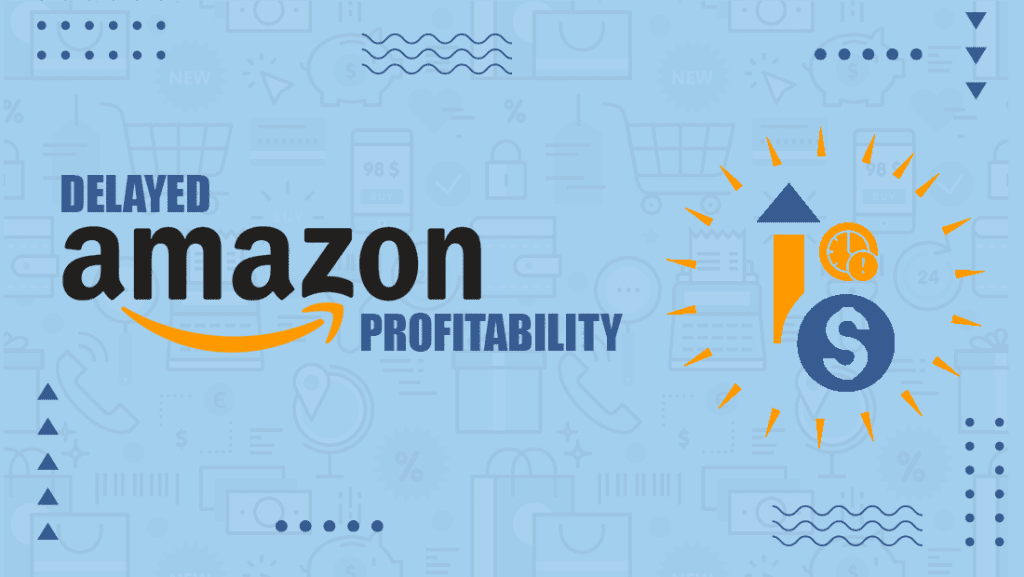Table Of Content
Introduction
Understanding Delayed Profitability
Initial Investment Challenges
Competitive Pricing Pressures
Building Brand Recognition
Strategies for Long-Term Success
Comprehensive Market Research
Efficient Inventory Management
Strategic Pricing
Robust Marketing Campaigns
Customer-Centric Approach
Diversification of Product Portfolio
Patience and Persistence
Conclusion
Introduction
In the dynamic landscape of e-commerce, achieving profitability on Amazon is a common goal for sellers. However, the journey to sustained profitability can be complex, and some sellers may experience delayed returns on investment. In this blog, we will explore the factors contributing to delayed profitability on Amazon and discuss effective strategies for achieving long-term success.
Understanding Delayed Profitability:
1. Initial Investment Challenges:
- Product Launch Costs: The initial investment required for product development, branding, and launch can be substantial, impacting short-term profitability.
- Marketing Expenses: Aggressive marketing campaigns to gain visibility may incur costs before generating significant sales.
2. Competitive Pricing Pressures:
- Price Wars: Intense competition and price wars on the platform can lead to reduced profit margins as sellers strive to offer competitive prices.
- Fulfillment Costs: Fulfillment fees, storage costs, and shipping expenses can contribute to a delay in achieving profitability.
3. Building Brand Recognition:
- Brand Development Time: Establishing brand recognition and customer trust takes time, impacting initial sales and profitability.
- Marketing Investments: Ongoing investments in brand-building activities may not yield immediate returns.
Strategies for Long-Term Success:
1. Comprehensive Market Research:
- Identify Niche Opportunities: Conduct thorough market research to identify underserved niches with less intense competition.
- Analyze Competitor Strategies: Understand competitors’ pricing and marketing strategies to position your products strategically.
2. Efficient Inventory Management:
- Optimize Stock Levels: Balance inventory levels to meet demand without overstocking, minimizing storage costs.
- Utilize Fulfillment Services: Leverage Amazon’s Fulfillment by Amazon (FBA) to streamline order fulfillment.
3. Strategic Pricing:
- Dynamic Pricing: Implement dynamic pricing strategies to adapt to market changes and maintain competitiveness.
- Value-Based Pricing: Focus on value-based pricing by highlighting unique product features and benefits.
4. Robust Marketing Campaigns:
- Targeted Advertising: Invest in targeted advertising to reach specific audience segments and maximize the impact of marketing spend.
- Social Media Engagement: Leverage social media platforms to build brand awareness and engage with potential customers.
5. Customer-Centric Approach:
- Exceptional Customer Service: Prioritize excellent customer service to build positive reviews and foster customer loyalty.
- Collect Customer Feedback: Use customer feedback to enhance products, address issues, and improve the overall shopping experience.
6. Diversification of Product Portfolio:
- Expand Product Range: Diversify your product offerings to capture a broader market and reduce dependency on specific products.
- Seasonal Opportunities: Explore seasonal trends and capitalize on opportunities to boost sales during peak seasons.
7. Patience and Persistence:
- Long-Term Perspective: Understand that building a profitable business on Amazon is a long-term endeavor, requiring patience and persistence.
- Adaptability: Be adaptable to changes in market conditions, Amazon policies, and consumer preferences.
Conclusion:
Delayed profitability on Amazon is a common challenge, but with strategic planning, efficient execution, and a long-term perspective, sellers can navigate these hurdles and build a sustainable and successful e-commerce business. By focusing on customer satisfaction, optimizing operations, and staying attuned to market dynamics, sellers can position themselves for profitability and growth in the competitive Amazon marketplace.





